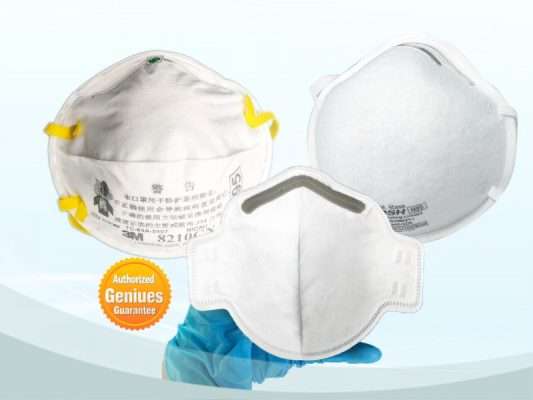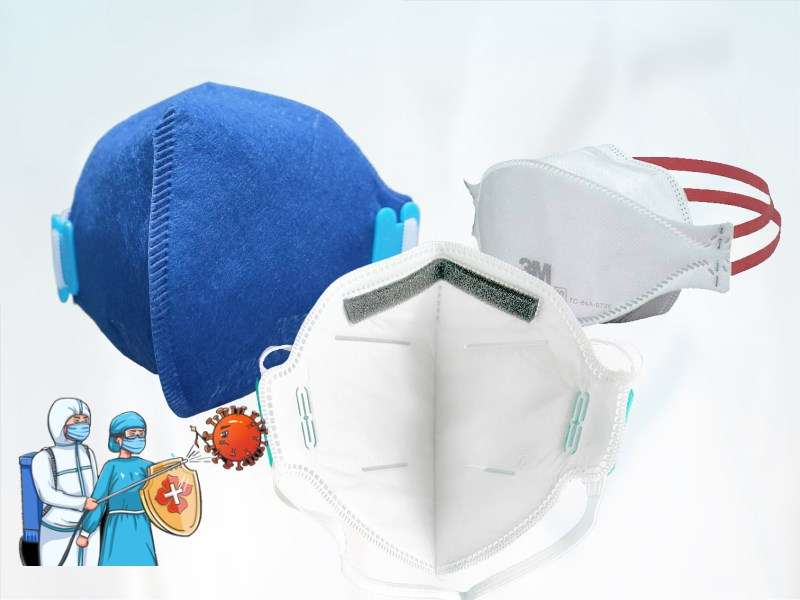Even if you don’t live near an active wildfire, breathing the smoke from one can be hazardous to your health. Keep an eye on the air quality around you and take measures if you think you might be exposed to wildfire smoke. When wildfire smoke levels are high, it’s a good idea to wear a mask to protect your lungs from the hazardous chemicals.
Wildfire Smoke’s Effects on Human Health
Exposure to wildfire smoke causes symptoms such as watery eyes, itchy throats, runny noses, and coughing. Inflammation of the lungs and even cancer can occur if exposed for an extended period of time or too frequently, as reported by CNN Health. Asthma and heart disease can be exacerbated by it, as well. Even tiny quantities of exposure to smokey air can have a negative impact on your lungs’ ability to take in oxygen. Asthma attacks and other respiratory problems have been related to ozone, a byproduct of wildfire pyrotechnics. On days when there are active fires in the area, you may want to wear a face mask. If you don’t want to leave your house, you can buy a face mask online.
Are face masks effective in protecting me from wildfire smoky haze?
Face masks may not provide complete smoke filtration. Larger pollutants like smoke from wildfires cannot be adequately filtered out of the air by the majority of the face masks offered in North America. To avoid being near a wildfire, it’s preferable to get out of there. However, if it is not an option for you or your family, you should consider wearing an adequate respirator for safety. A N95-rated face mask is your best chance, but it may not be able to completely remove all of the particles from the air.
Where can I find a good face mask?
If you find yourself in an area affected by wildfire smoke, you may want to consider wearing either a particulate matter (PM) mask or a chemical-resistant mask. Chemical masks feature a loose seal around your mouth and nose and protect against gases like formaldehyde and carbon monoxide whereas PM masks are tight-fitting and filter out tiny particles like ash and dust. Always make sure that your mouth and nose fit snugly over the mask, because a mask that doesn’t seal properly over your face is useless. Choose a respirator with an N-95 or higher rating if at all possible. Below you’ll find three highly rated N95 masks.
NIOSH Approved Benehal 6215 N95 Face Mask
NIOSH-Approved Shining Star SS9001-N95 Mask
It has been certified by NIOSH as a N95 face mask.

Wildfire Face Masks: How Do You Select the Best One?
Having a good face mask on hand is essential if you ever find yourself in the path of a wildfire. Now is a wonderful opportunity to be ready for the next wildfire season. When picking which masks to wear, keep these three things in mind: fit, safety, and comfort. Also, check to see if the masks you receive are still valid. N95 masks typically have a two- or three-year shelf life.

How do I get the most out of a facial mask?
- In the event that wildfire smoke is drifting through your city, it’s a good idea to wear a face mask.
- Put the mask on your nose and chin, then secure it in place with the two straps provided: one below and one above the ears.
- Attune it so there is no air leaking out of its corners. Unfiltered air can get in via the mask’s edges if they aren’t properly sealed.
- Tighten the metal section of the mask across the bridge of your nose to prevent it from slipping.
- Make sure the face seal is secure by following the instructions on the box.
- A freshly shaved face is ideal for wearing a mask. It is impossible to wear a mask if you have a beard since it will not seal.
- Children under the age of 18 are not permitted to wear masks.
- When breathing becomes difficult, if the mask is damaged, or if the inside becomes soiled, discard it.
- If you’re working outside and wearing a mask, you’ll need to take frequent pauses to avoid being winded.
- If you begin to feel dizzy or unwell, move to a less smoke-filled area, remove your mask, and seek medical attention if your condition does not improve quickly enough.




